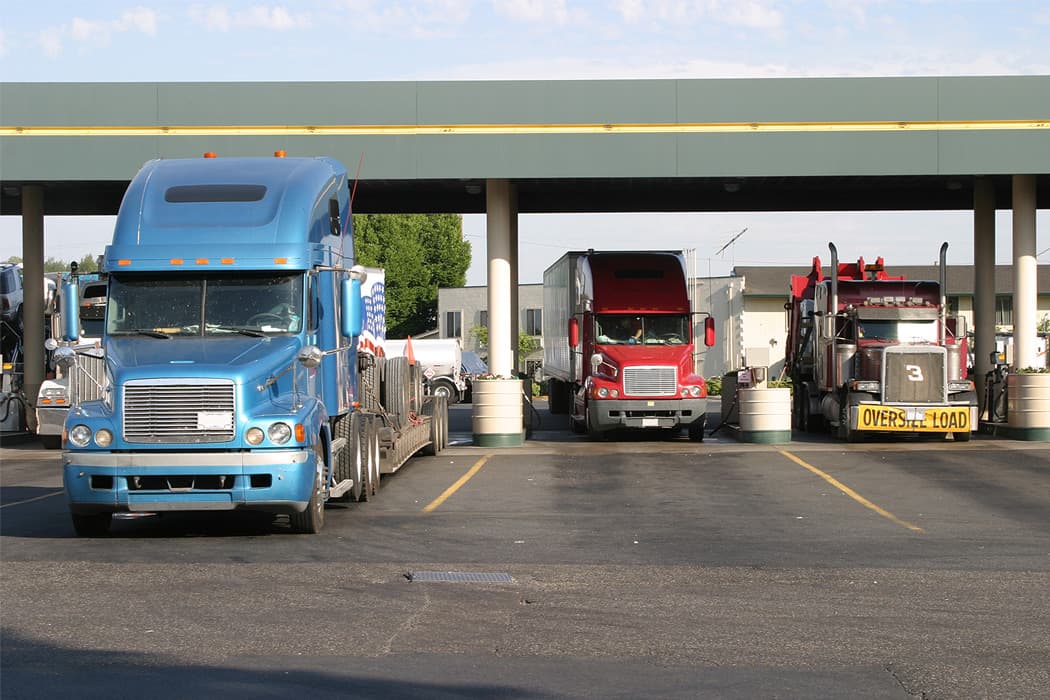
Over the last two years, fuel prices have increased 72% per gallon. That increase can add anywhere from $165 (500 load miles) to $660 (2,000 load miles) in cost per trip. While oil prices are particularly difficult to predict, there are ways to mitigate the impact of these rising fuel charges.
Track and reduce non-revenue generating miles.
Be sure to track and actively minimize non-revenue generating miles. According to a 2020 survey by ATRI, 20.6% of miles were reported as deadhead. Especially in times of high fuel costs, a high percentage of deadhead miles has significant impact on your bottom line.
The best ways to reduce deadhead are to find loads for trips that would have otherwise remained empty and to minimize the distance required for pickup. To achieve this, you need better insights into available loads to plan routes that reduce the empty miles. The Navisphere® Carrier load board displays more than 25,000 loads each day and even recommends loads based on location, minimal deadhead miles, and past bookings. With access to a wide range of loads and valuable information on that freight, it becomes much easier to maximize revenue generating miles.
Minimize dwell time.
While it is almost impossible to eliminate all dwell time, good routine and processes like efficient check-in and exit procedures, no touch palletized freight, and clean paperwork can be streamlined to reduce dwell time. 3PL companies like C.H. Robinson work with many “shippers of choice” on live load freight to help ensure processes are optimized for minimal dwell time.
Another way to reduce time is to work with drop trailer providers. Power only loads allow drivers to unhitch their trailers and get back on the road with virtually no dwell time at all. C.H. Robinson offers drop trailer programs that over the past four months (January 2022-April 2022) has averaged over 40,000 available loads and in 2021, moved nearly 500,000 power only loads.
Maximize savings at the pump.
On average, a single truck hauls close to 120,000 miles each year. In a 2019 survey by WEX Inc, 23% of fleets reported that fuel costs were their top operational challenge. With today’s rising costs, that percentage has grown substantially. Because so much fuel is needed, most carriers participate in programs to help protect profit margins and reduce risk of volatile fuel costs.
When used consistently, these programs can contribute significant savings to your operational costs. For example, the C.H. Robinson Fuel Card can save you between $0.37-0.40* per gallon, resulting in savings of over $10,000 per year for each truck.
Additional references:
- For information on oil price trends, visit the U.S. Energy Information Administration site.



